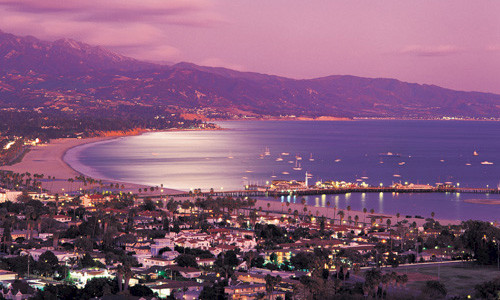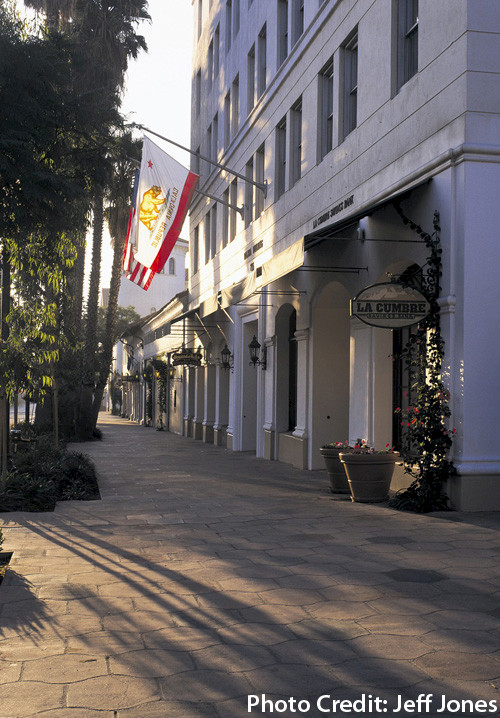Innovations in Environmental Synthesis, Reporting and Governance: Part 2 - Innovations in Synthesis
Bill Dennison ·The synthesis I want to talk about is that synthesis that leads to environmental outcomes, so this isn't just writing books and papers for colleagues, it is taking that next step to generate environmental outcomes in terms of policy, in terms of planning, in terms of implementation and in terms of directing our resources towards making maximum benefit of our available environmental dollars. An important synthesis model was developed by the University of California at Santa Barbara, and it is called the National Center for Ecological Analysis and Synthesis (NCEAS). It is located in downtown Santa Barbara, California and you can fly to the Santa Barbara airport, take a shuttle to a hotel, and walk to the synthesis center, coffee shops, pubs, and restaurants.

The support that NCEAS gives is simply for travel funding, including per diem, so there’s not a bunch of forms to fill out, and you just get a block set of money per day. NCEAS supplies good conference rooms, good IT support and a streamlined administration. At first, it is underwhelming when you go there, but it’s the lack of stuff there that makes it so special. We developed a self-selected and self-organized work group. There rule of thumb is twelve people max, and you must have diversity (gender, age, and institutional diversity). You create multiple meetings, which are multi-day, immersive sessions. So you fly into Santa Barbara with your colleagues and you focus on an issue, and it’s INCREDIBLY productive. NCEAS has produced so many high profile scientific papers, and per dollar spent, it may be the most productive science institution, even though it doesn’t have a campus or a traditional university structure.

This blog post was created from a presentation by Bill Dennison to the Terrestrial Ecosystem Research Network in Melbourne, Australia on 29 Mar, 2011 (full powerpoint presentation can be accessed on IAN Press.
About the author
Bill Dennison

Dr. Bill Dennison is a Professor of Marine Science and Vice President for Science Application at the University of Maryland Center for Environmental Science.

